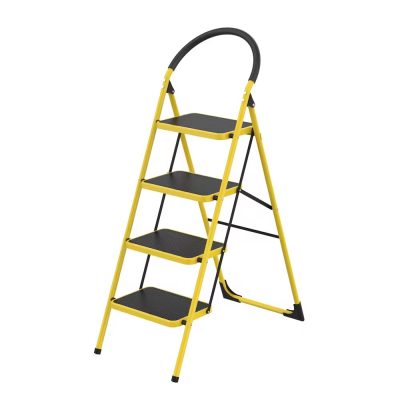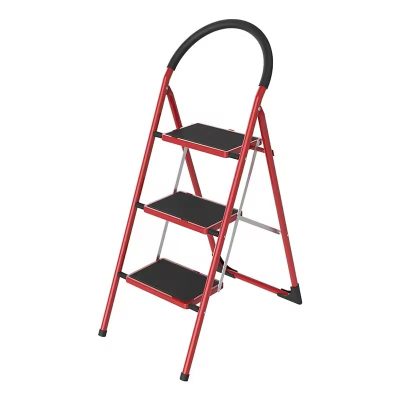Household ladders are the unsung heroes of home maintenance, providing access to elevated areas for a plethora of tasks. From minor repairs to major renovations, these essential tools play a vital role in keeping homes safe, functional, and aesthetically pleasing. In this guide, we’ll explore the diverse types of household ladders, their features, practical applications, and essential safety precautions, empowering homeowners to navigate their maintenance needs with confidence and ease.
Introduction to Household Ladders:
Household ladders are indispensable tools that come in various shapes and sizes, each designed to cater to specific tasks and environments. Whether it’s a compact step ladder for indoor chores or an extendable ladder for outdoor projects, understanding the different types and functionalities is crucial for homeowners looking to tackle maintenance tasks effectively.
Types of Household Ladders:
Step Ladders: Step ladders are freestanding ladders with a self-supporting A-frame design and steps on one side. They are perfect for indoor tasks such as changing light bulbs, accessing high shelves, or painting walls in rooms with high ceilings.
Extension Ladders: Extension ladders are telescopic ladders consisting of multiple sections that extend to reach greater heights. They are ideal for outdoor tasks like cleaning gutters, pruning trees, or accessing roofs for maintenance or repairs.
Platform Ladders: Platform ladders feature a flat platform at the top, providing a stable and comfortable surface for standing or working. They are well-suited for tasks requiring extended periods of standing, such as painting ceilings, installing light fixtures, or reaching high cabinets.
Practical Applications:
Household ladders serve a wide range of practical applications, including:
Routine maintenance tasks like cleaning gutters, inspecting roofs, or replacing filters in HVAC systems.
Indoor chores such as dusting ceiling fans, hanging curtains or artwork, or accessing storage in high cabinets.
DIY projects like painting walls, installing shelves, or assembling furniture.
Outdoor projects such as washing windows, painting exterior surfaces, or pruning trees and shrubs.
Safety Considerations:
Safety should always be a priority when using household ladders. Here are some essential safety tips to follow:
Inspect the ladder for any damage or defects before each use.
Ensure the ladder is placed on a stable and level surface, and use leg levelers or stabilizers if needed.
Maintain three points of contact (two feet and one hand) when climbing or descending the ladder.
Never exceed the maximum weight capacity of the ladder or overreach while standing on it.
Avoid using ladders in adverse weather conditions such as strong winds or rain.
Always follow the manufacturer’s instructions for proper setup, use, and storage of the ladder.
Conclusion:
In conclusion, household ladders are indispensable tools that enable homeowners to maintain and improve their homes efficiently and safely. By understanding the different types of household ladders, their features, practical applications, and safety considerations, homeowners can select the right ladder for their specific needs and ensure successful outcomes for their maintenance projects. With the versatility and reliability of household ladders at their disposal, homeowners can elevate their home maintenance efforts and enjoy a safe and comfortable living environment for years to come.







